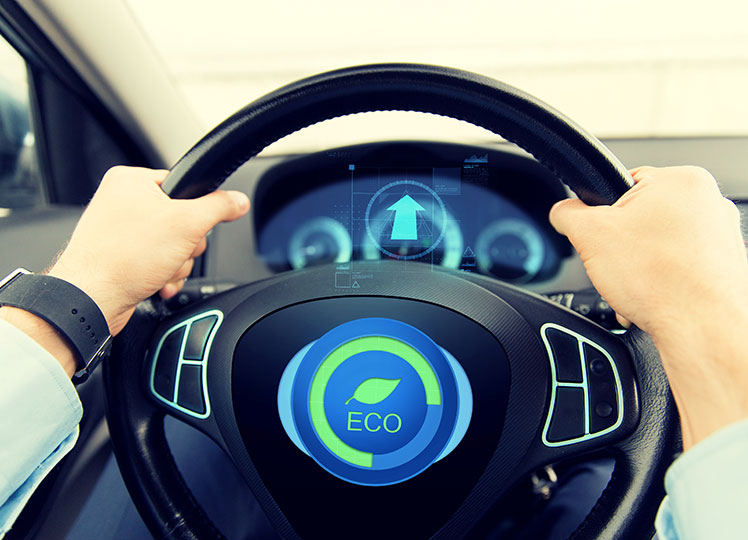 Last year AAA reported that the average cost of owning and operating a new car was $8,469 a year, or $706 a month! How did they come up with this number? They took into consideration the car’s sales price, maintenance, repair, fuel cost and its depreciating value over time. So it would make sense that to get the most out of your investment in a new car, especially one used for the daily commute, knowing about eco-driving could help.
Last year AAA reported that the average cost of owning and operating a new car was $8,469 a year, or $706 a month! How did they come up with this number? They took into consideration the car’s sales price, maintenance, repair, fuel cost and its depreciating value over time. So it would make sense that to get the most out of your investment in a new car, especially one used for the daily commute, knowing about eco-driving could help.
What is Eco-Driving?
Eco-Driving is driving in a way to increase the energy efficiency of a car which helps save money on fuel, reduces wear and tear, and lessens carbon emissions released into the air. It’s more popular in Canada and Western Europe but slowly gaining awareness in the U.S.
This more mindful form of driving includes techniques such as:
1. Anticipating Traffic Flow. By observing traffic flow happening far ahead of you and maintaining a good amount of space from the car in front of you, you can avoid braking and accelerating and using extra fuel.
2. Maintaining Tire Pressure. Low pressure in your tires is also unsafe. Five minutes at the beginning of every month to maintain tire pressure will also maintain driving comfort, directional stability, and braking grip.
3. Lightening the Load: Especially if the car is used for commuting purposes, ensuring that heavier items are removed when not needed. Less weight means less fuel.
4. Sharing the Ride. Carpooling and driving on a rotational basis helps lower fuel costs, reduces use of the car and repair costs, and lowers overall carbon emissions. Each person that shares your ride is one less car on the road.
5. Save More: If paying for parking is part of your driving costs, make sure to sign up for commuter benefits. This will allow you to use up to $260 a month, tax-free, for commuter related parking. You can join at any time of the year. See how much you can save here.
